The tale of Scone Palace, and the mystery of the Stone of Scone
John Goodall explains the importance of Scone Palace, Perthshire — seat of the Earl and Countess of Mansfield and Mansfield — and the great abbey that formerly stood here. Photographs by Paul Highnam for Country Life.
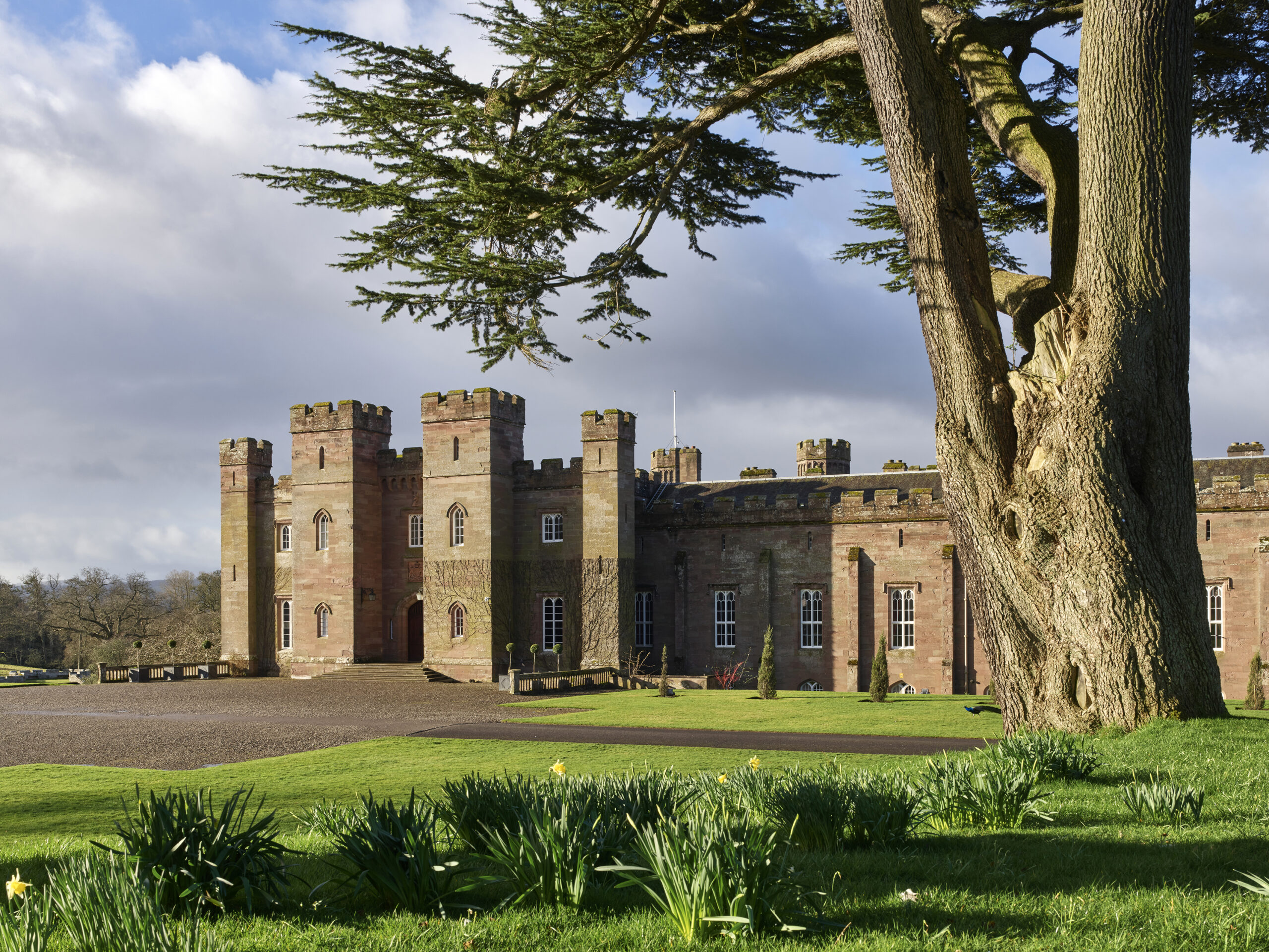

Scone Palace — as the modern visitor encounters it — is a magnificent Regency country house. Set in spreading parkland on the River Tay about two miles north of the centre of Perth, the present building is almost entirely the creation of the architect William Atkinson working for the Earl of Mansfield between 1803 and 1812. The form of the house as a battlemented mansion partly reflects the Romantic taste for the Gothic style (Fig 2). It also, however, evokes the exceptionally deep history of this place.
Scone is first reliably recorded as a site of importance at the time of the Viking invasions of Britain more than 1,100 years ago. According to the Chronicle of the Kings of Alba, a compilation of earlier texts in Latin made in about 1300, it was here, on the hill beside the ‘royal civitas of Scone’, in the sixth year of his reign — in 904 or 905 — that Constantin II met Bishop Cellach and ‘pledged to keep the laws and disciplines of the Faith and the rights of the Church and the Gospels…. From that day the hill earned its name, that is the Hill of Belief’ or colle credulitatis.
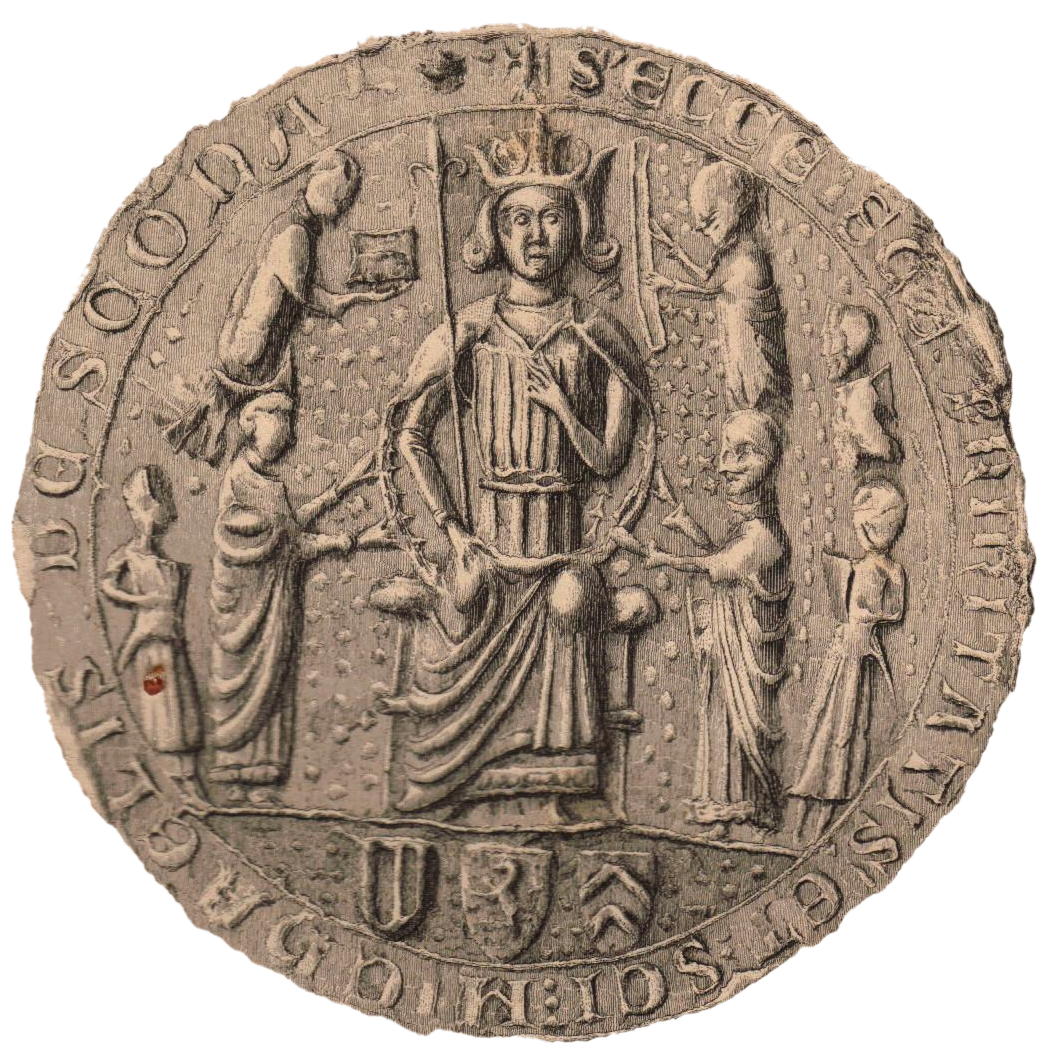
The form of this civitas — by which the writer presumably meant a settlement and seat of royal authority — is a matter for speculation. What can be confidently identified, however, is the hill where king and bishop met, presumably as part of a large public gathering. Moot Hill, as it is now known, is unexpectedly modest, standing about 7ft high and 300ft across. The remnant of a parish church, built in about 1620, now occupies the summit (Fig 3).
Whether or not Moot Hill had long been used for gatherings, the renaming of the site implies that the event of 904 or 905 was novel in some way. Presumably, therefore, the subsequent use of the site as the place of inauguration of the Kings of Scotland ultimately had its roots in this episode. Such analysis would broadly agree with the evidence of a recent archaeological exploration of the site between 2005 and 2011 by Oliver O’Grady. This identified an encircling ditch that isolated and defined the hill in the 10th or 11th centuries, evidence for its new importance. Much later, probably in the 15th century, it was also fenced round.
In about 1120 — and certainly by 1122 — Alexander I established a priory at Scone. His intention was undoubtedly to bolster its status as a seat of royal power and the place of inauguration of Scottish kings. Significantly, the new monastery was an Augustinian foundation; the order was closely associated with the movement of Gregorian church reform that was transforming the face of the Latin church across Europe. As a guide to monastic life, the Augustinian Rule — believed in the Middle Ages to have been written by St Augustine of Hippo (d.430) and followed by priests termed ‘canons’ — was the only alternative to the Rule of St Benedict, observed by ‘monks’. First known to have been observed in England at St Botolph’s Colchester, Essex, from 1104, it enjoyed huge popularity over the first quarter of the 12th century and the particular support of Henry I, to whose illegitimate daughter, Sybilla, Alexander I was married.
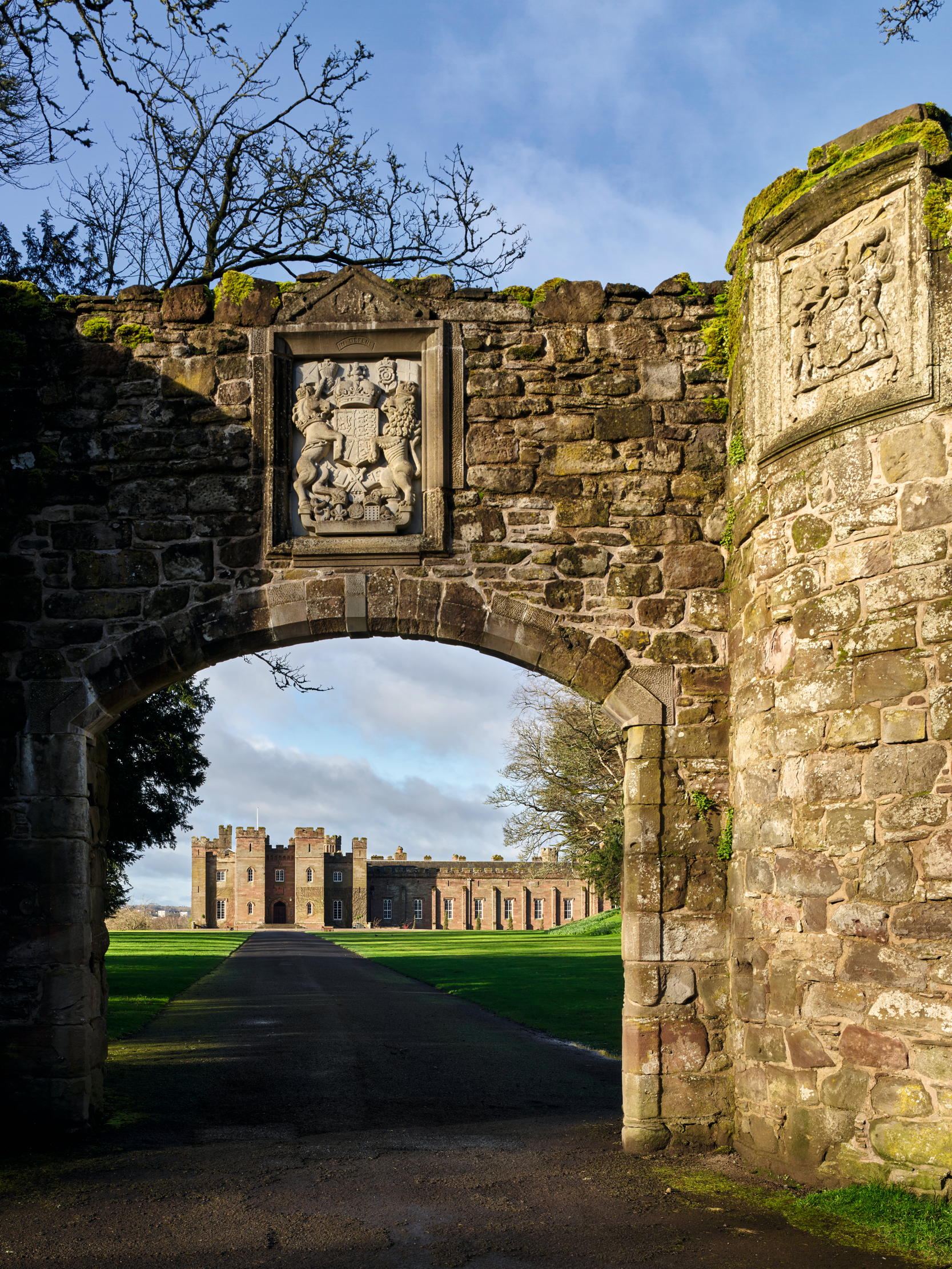
Scone Priory, elevated to the status of an abbey by Malcolm IV in 1164, was the first Augustinian house in Scotland, but it effectively belongs to a wider group of foundations across what is now Northern England. These include Carlisle in Cumbria, founded in 1122 (and elevated to cathedral status in 1133 as part of Henry I’s attempts to define the English border), as well as Hexham, Northumberland, and Nostell, West Yorkshire, in the 1110s. The latter were both patronised by Arch bishops of York, the ecclesiastic who — to the annoyance of Alexander I — then exercised control over the Scottish church.
It can be no coincidence, therefore, that it was from Nostell that the initial community of six canons at Scone was drawn. Also, that their leader and first prior, Robert, went on to become Bishop of St Andrews and, in this role, unsuccessfully attempted to assert authority over the Scottish church to the exclusion of the claims of York. Clearly, Alexander I hoped that by modernising his church institutions he could consolidate the kingdom of Scotland in the face of Anglo-Norman power. At St Andrews, Robert seems to have used Yorkshire masons to adapt his cathedral church and it’s possible, therefore, that these craftsmen first travelled north to erect the new monastic buildings at Scone.
Exquisite houses, the beauty of Nature, and how to get the most from your life, straight to your inbox.
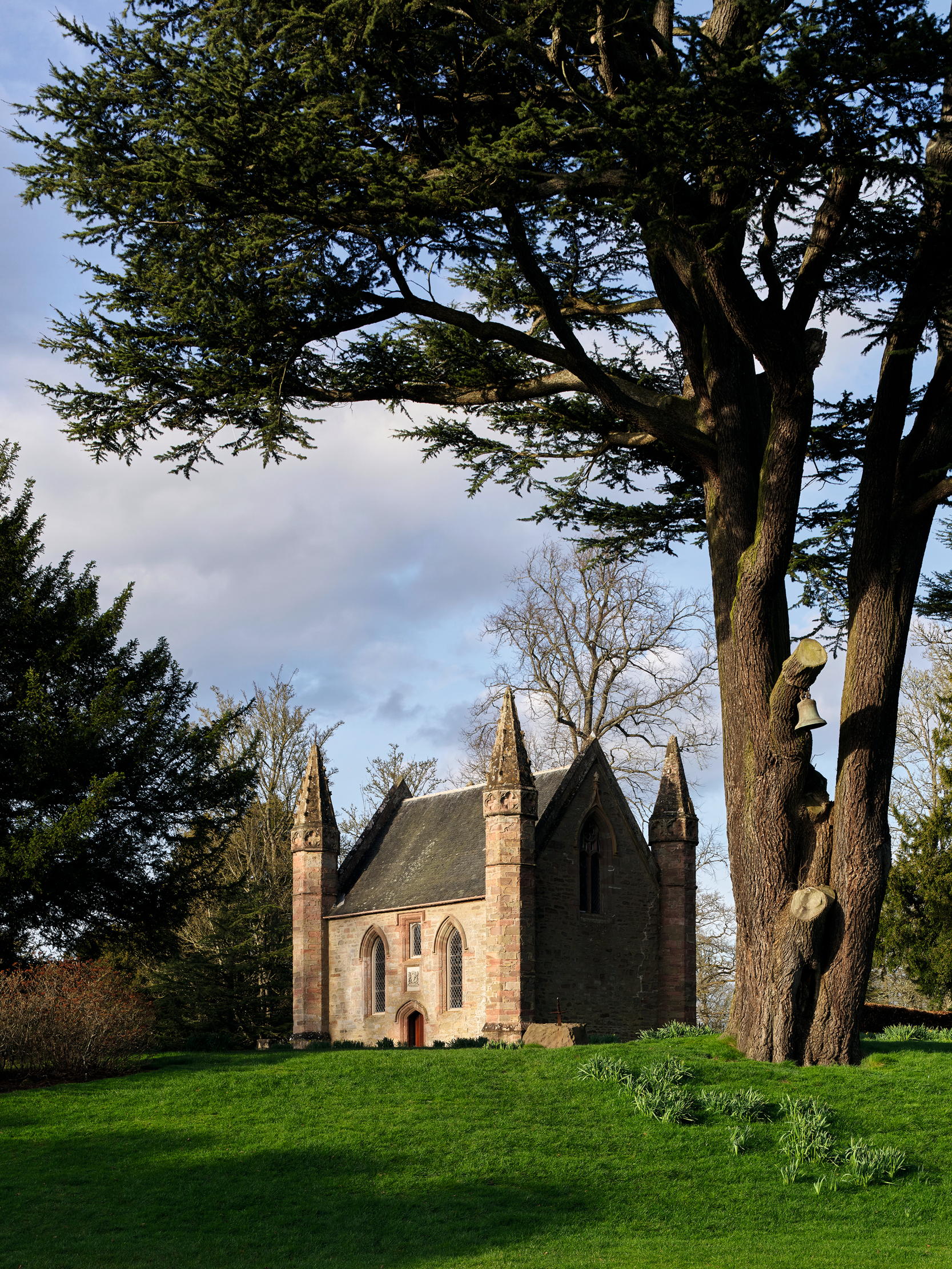
Whatever the original form of the monastery, surviving fragments of carved masonry suggest that it was much adapted over time; as late as 1551, the mason John Archer was contracted to repair the west front of the church. The recent archaeological survey of the site has revealed the plan of the buildings for the first time in the lawn south of Moot Hill. It was laid out with a cloister and cruciform church about 250ft long, a dimension that placed it in the first division of Scottish great churches. This had a central tower and the plan of the choir with a projecting eastern chapel bears intriguing comparison to other major English Augustinian churches of the 13th century, such as Merton, Surrey. Fragments of an earlier church have also been identified, but whether these date to the 1120s or something yet earlier — an existing church is mentioned in Alexander I’s foundation charter — is not known. A small settlement existed in its shadow.
The most celebrated episode in the history of the Abbey is connected with Edward I’s notorious attempt to conquer Scotland. The chronicler William of Rishanger records that on August 8, 1296, Edward I ‘passed by the Abbey of Scone, where having taken away the stone which the kings of Scots were accustomed at the time of their coronation to use for a throne, carried it to Westminster’. According to the abbot, he did great damage to the roofs of the buildings, which seem to have been burnt out by the vindictive King.
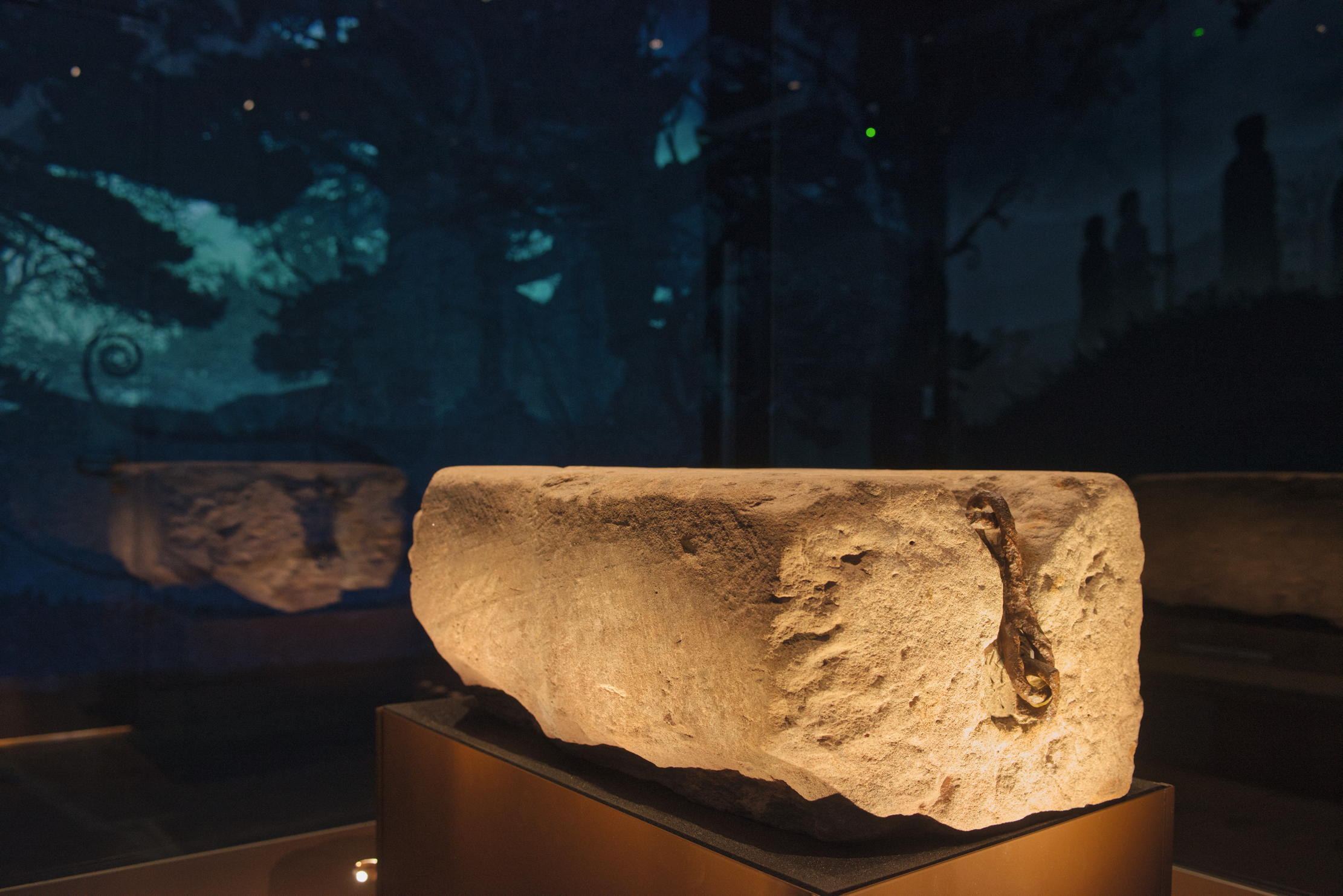
Significantly, there is no account explicitly naming the stone in inaugurations before its removal in 1296. We do, however, know something of the associated ceremony, which was sufficiently pagan to shock the Christian sensibilities of David I in 1124. An authoritative description of Alexander III’s installation in 1249, identified by the late Prof Archie Duncan, may survive incorporated in a late-14th-century text known as The Yearly Deeds or Gesta Annalia. This describes the boy King being taken to a cross in the cemetery to the east of the church and being consecrated by bishops on a throne — which presumably included the stone — covered in rich fabrics. Nobles knelt to lay their clothes beneath his feet and a ‘Highland Scot’ recited his genealogy in Gaelic.
Edward I’s removal of the stone gave it instant celebrity and it has been an object of controversy and myth-making ever since. There are two recent authoritative accounts of its history: Nick Aitchison’s Scotland’s Stone of Destiny (2000) and a volume of essays, The Stone of Destiny: Artefact and Icon (2003). What is securely known is that the stone Edward I took from Scone went first to Edinburgh and then to London, where it was presented, with the other items of the Scottish royal regalia, to the shrine of Edward the Confessor in Westminster Abbey on June 18, 1297. It was then installed as the seat of a chair kept in the shrine chapel that, from at least 1399 to the present, has been used in the coronation of every English and British monarch (Country Life, May 29, 2013). In 1996, the stone was sent to Edinburgh by Prime Minister John Major; it was returned to Westminster for Charles III’s coronation in 2023. Since March 2024, it has been on display in the newly opened Perth Museum near Scone (Fig 4).
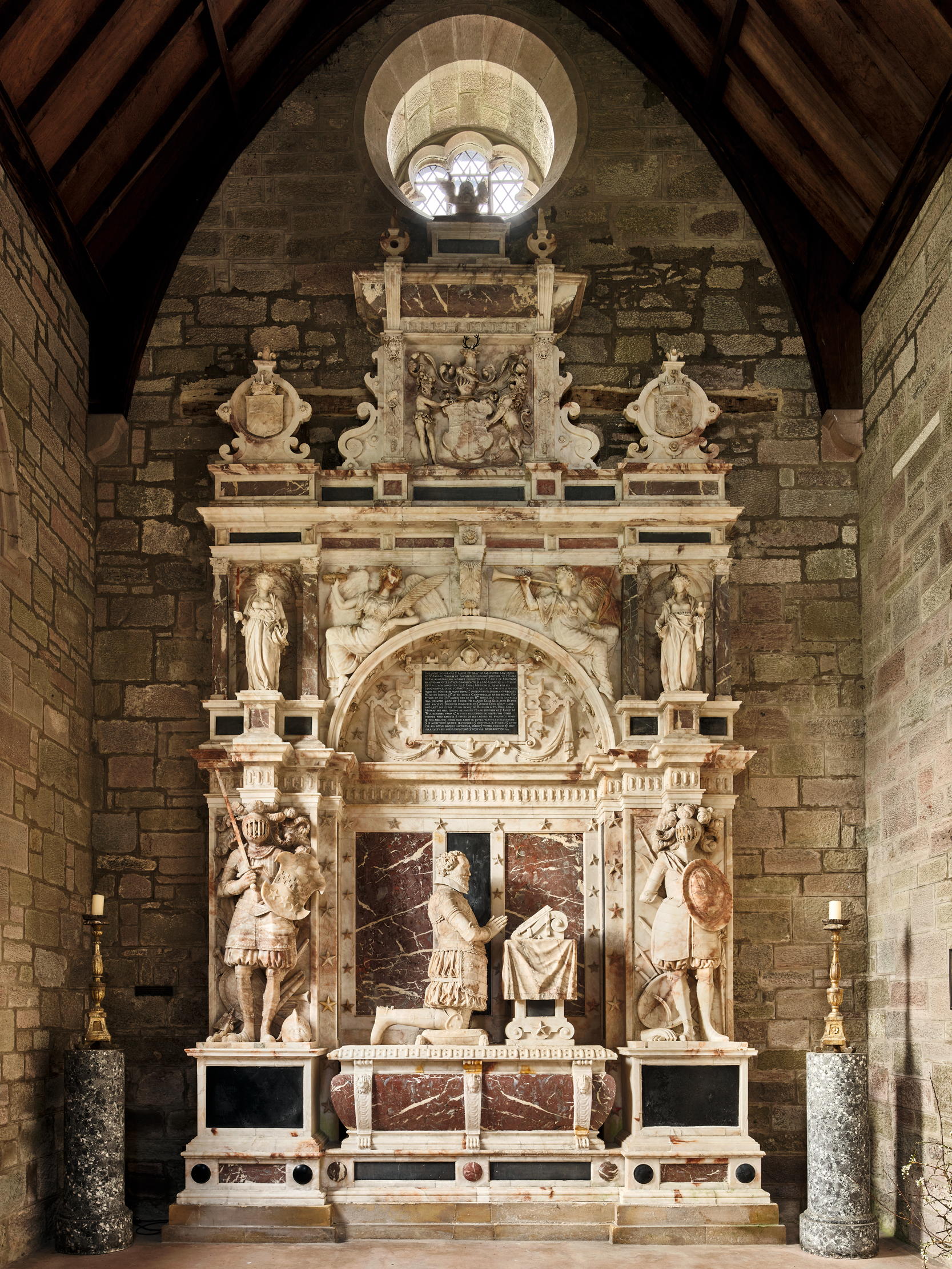
It is now generally agreed on the basis of scientific analysis that the returned stone is originally from Scone, but much else about it remains unclear. The 1249 account suggests that it stood outdoors, but not, apparently, on Moot Hill. Did it stand in isolation or form part of a rugged chair, as with the O’Neills throne in Tullaghoge Fort, Co Tyrone, Ireland, or the throne of the Dukes of Carinthia at Zollfeld in Austria? And does its present form as a block relate in any way to its shape before 1296?
Despite the removal of the stone, the tradition of royal inaugurations at Scone continued until the accession of James IV in 1488, by which time they had evolved into coronation ceremonies. Parliaments were also intermittently held here and the Abbey was used by the Royal Family as a residence, a practice paralleled at the Augustinian Abbey of Holyrood, Edinburgh. From 1439, as a reflection of its wealth, Scone became the first abbey in Scotland to be assigned to a so-called commandator. This arrangement allowed the revenues of the institution to be bestowed on favoured servants of the Scottish crown and would shape the later history of the Abbey.
One outstanding figure associated with the late-medieval community at Scone was the composer Robert Carver, who entered the novitiate at the age of 14 in 1503 or 1504 and took his vows as a canon two years later. He went on to lead James IV’s Chapel Royal at Stirling Castle in 1508. By the time of Carver’s death after 1568, the monastery he joined had been devastated in the course of the Scottish Reformation.
Most Scottish monasteries were not suppressed, as in England, but forced to wither. At Scone, however, in May 1559, following the occupation of Perth by the Protestant forces of the Lords of Congregation, a mob sacked and destroyed the Abbey buildings over the course of two days. The attack was apparently caused by animus towards the Abbey Commandator, Patrick Hepburn, Bishop of Moray, and aggravated by one of his sons running through a member of the mob with his rapier.

Despite the damage, the community seems to have clung on and, in 1566, Bishop Hepburn was raising money to repair the burnt-out buildings. He presumably repaired the Commendator’s residence, the remains of which, standing to the west of the main monastic buildings, are probably fossilised within the present house. On October 20, 1581, the Abbey estates were formally constituted as a landed endowment for the newly created Earl of Gowrie, William Lord Ruthven. He had been Commendator of the abbey estates since 1571 and is likely to have resided in the house repaired by his predecessor.
The Earl died in 1584 and, soon afterwards, the title and its estates were forfeited by the family in 1600, following the so-called Gowrie Conspiracy against James VI. One of those closely involved in managing the murky aftermath of this conspiracy was a certain David Murray, a recently knighted courtier and Privy Councillor. He was rewarded with many of the Gowrie estates, including Scone, and, in 1603, accompanied James VI on his triumphant progress south to claim the English throne as James I. From 1605, Murray assumed the title of Lord Scone and his long service to the Crown was eventually repaid by his elevation to the peerage on August 16, 1621, as Viscount Stormont.
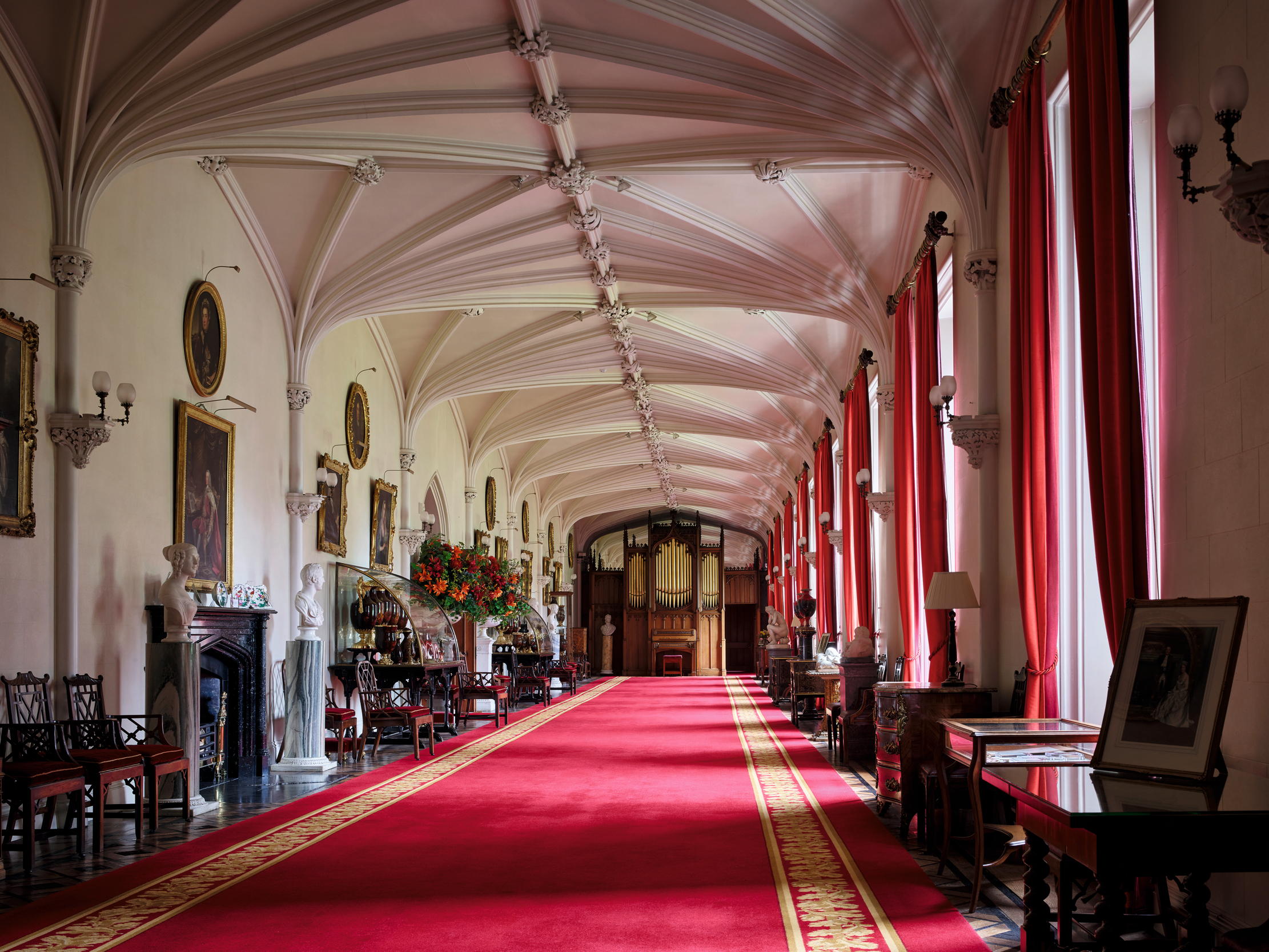
Shortly before this, probably in 1618, Lord Scone had set about the transformation of Scone. In that year, on February 29, he signed a contract with the celebrated sculptor Maximilian Colt for a magnificent tomb (Fig 5) that remains in the former parish church on Moot Hill (which the inscription on the monument also claims he built). He must have cleared many of the monastic buildings, too, and cannibalised what remained into a large and spreading double-courtyard house (Fig 6). Some sense of its scale is conveyed by the volume of its heavily adapted long gallery, which is preserved in the present building (Fig 7). It was in this great house that Charles II stayed when, driven from England, he was crowned in January 1651.
Scone Palace has remained in the hands of Lord Stormont’s descendants to the present day. In the early 19th century, however, it was almost completely destroyed to create the splendid house we see today. We will explore its story and riches in a subsequent article.
Visit www.scone-palace.co.uk to find out more and plan a visit.
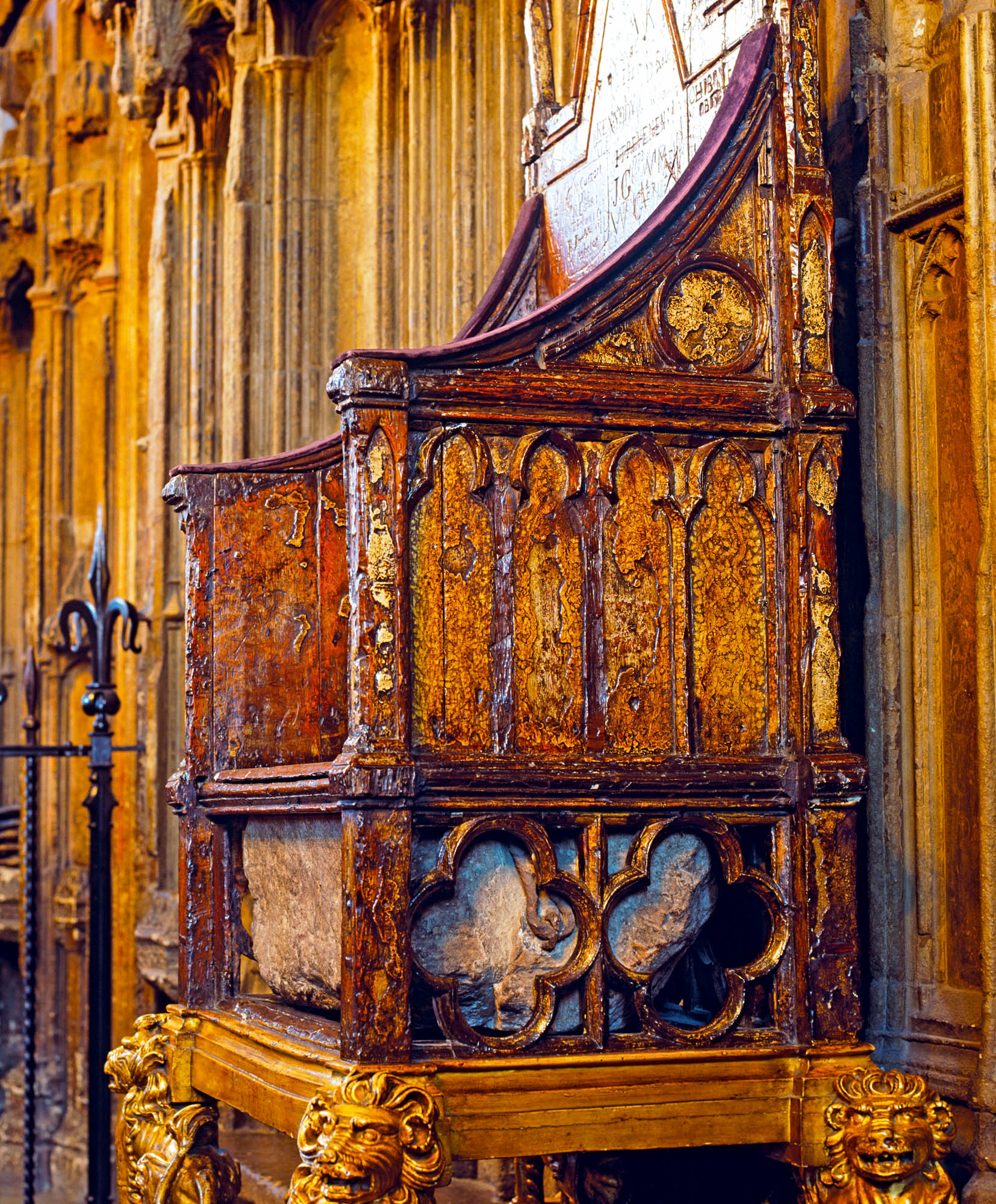
What is the Stone of Scone?
Shrouded in myth and mystery, the unremarkable-looking Stone of Scone — the ancient symbol of Scottish sovereigns — still plays
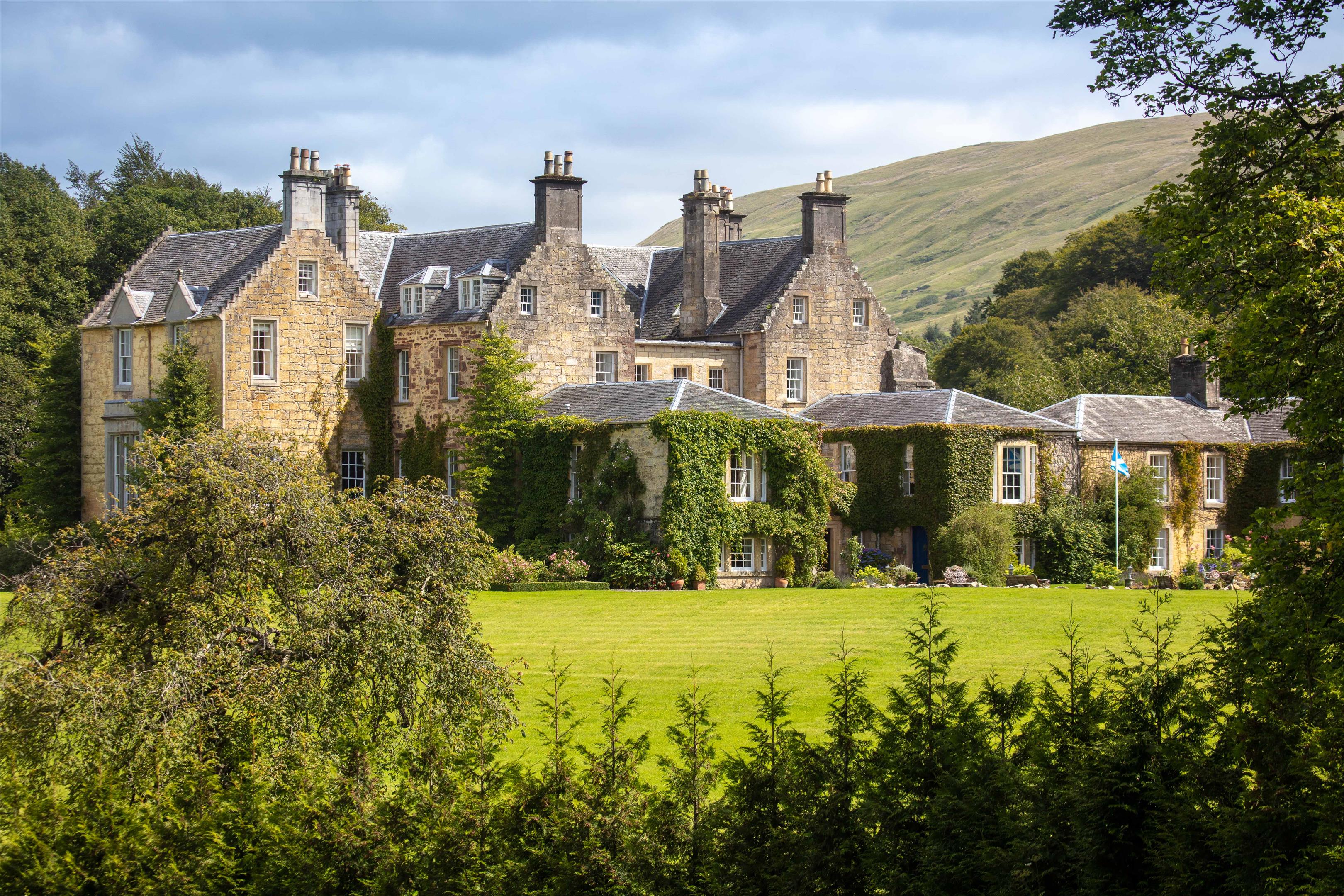
Spectacular Scottish castles and estates for sale
A look at the finest castles, country houses and estates for sale in Scotland today.

Five of the most amazing mazes according to a man who makes them
Adrian Fisher is a world-famous maze designer. The man behind the Saltburn maze tells us about some of his favourites.

John spent his childhood in Kenya, Germany, India and Yorkshire before joining Country Life in 2007, via the University of Durham. Known for his irrepressible love of castles and the Frozen soundtrack, and a laugh that lights up the lives of those around him, John also moonlights as a walking encyclopedia and is the author of several books.